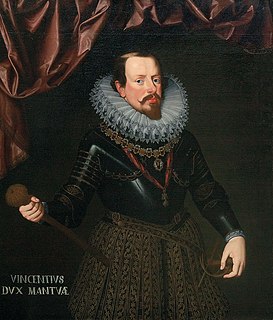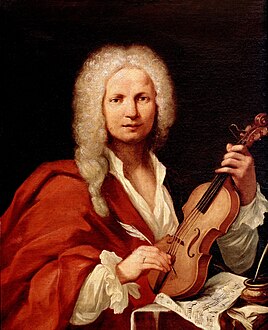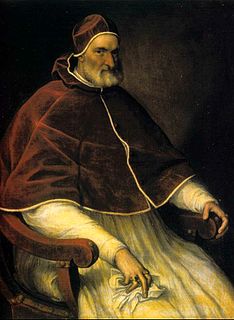Origins
Founder of the family was Pietro Brivio (in Latin: Petrus Brivius or Petrus de Brippio), who moved at the end of the 15th Century from Milan to Montevecchia, where he had bought many properties. According to some historians, he was supposed to belong to the Brivio family of Milan, which was said to descend from the Brunonen family.

Montevecchia is a comune (municipality) in the Province of Lecco in the Italian region Lombardy, located about 30 kilometres (19 mi) northeast of Milan and about 15 kilometres (9 mi) south of Lecco. As of 31 December 2004, it had a population of 2,477 and an area of 5.9 square kilometres (2.3 sq mi).
The family rose to significant influence in Brianza at the end of the 17th century, when a member of this family, Francesco (+ before 1679), became very rich with silk trading. At the beginning of the 18th century his son, Giacomo (1660ca. + 1736), financed the War of the Spanish Succession and Joseph I, Holy Roman Emperor rewarded him with the title of Count of Brokles (in Italian: Brochles) in 1708. Brokles was a small county in the Kingdom of Hungary, but nowadays it is located in Serbia.

Brianza is a geographical, historical and cultural area of Italy, at the foot of the Alps, in the North-West of Lombardy, between Milan and Lake Como.

The War of the Spanish Succession (1701–1714) was a European conflict of the early 18th century, triggered by the death of the childless Charles II of Spain in November 1700. His closest heirs were members of the Austrian Habsburg and French Bourbon families; acquisition of an undivided Spanish Empire by either threatened the European balance of power.

Joseph I was Holy Roman Emperor from 1705 until his death in 1711. He was the eldest son of Emperor Leopold I from his third wife, Eleonor Magdalene of Neuburg. Joseph was crowned King of Hungary at the age of nine in 1687 and King in Germany at the age of eleven in 1690. He succeeded to the thrones of Bohemia and the Holy Roman Empire when his father died.
This page is based on this
Wikipedia article Text is available under the
CC BY-SA 4.0 license; additional terms may apply.
Images, videos and audio are available under their respective licenses.

The Orsini family is an Italian noble family that was one of the most influential princely families in medieval Italy and Renaissance Rome. Members of the Orsini family include three popes: Celestine III (1191–1198), Nicholas III (1277–1280), and Benedict XIII (1724–1730). In addition, the family membership includes 34 cardinals, numerous condottieri, and other significant political and religious figures.

The House of Medici was an Italian banking family and political dynasty that first began to gather prominence under Cosimo de' Medici in the Republic of Florence during the first half of the 15th century. The family originated in the Mugello region of Tuscany, and prospered gradually until it was able to fund the Medici Bank. This bank was the largest in Europe during the 15th century, and it facilitated the Medicis' rise to political power in Florence, although they officially remained citizens rather than monarchs until the 16th century.

Mantua is a city and comune in Lombardy, Italy, and capital of the province of the same name.

Cosimo I de' Medici was the second Duke of Florence from 1537 until 1569, when he became the first Grand Duke of Tuscany, a title he held until his death.

Jacques Courtois or Giacomo Cortese, called il Borgognone or le Bourgignon was a French-Italian painter, draughtsman and etcher. He was mainly active in Rome and Florence and became known as the leading battle painter of his age. He also created history paintings and portraits. He became a Jesuit later in life but continued to paint.

Galeazzo Maria Sforza was the fifth Duke of Milan from 1466 until his death. He was famous for being lustful, cruel and tyrannical.
D'Agostino is a noble Italian surname.

Vincenzo Ι Gonzaga was ruler of the Duchy of Mantua and the Duchy of Montferrat from 1587 to 1612.
Marini is a surname of Roman/Italian Catholic origin; closely associated with the last names: Marino and Mariani with the three patronymic forms emerging from the same region at approximately the same time. Migrations branching from Italy ca.1600 gave rise to their modern forms as surnames.

Maria Teresa Agnesi was an Italian composer. Though she was most famous for her compositions, she was also an accomplished harpsichordist and singer, and the majority of her surviving compositions were written for keyboard, the voice, or both.

Musso is a small town in the Province of Como in the Italian region Lombardy. It lies on the western shore of the northern branch of Lake Como about 35 kilometres (22 mi) northeast of the city of Como. The comune of Musso, which includes the town itself and the surrounding area of lake and mountainside, extends over an area of 412 hectares, with a minimum elevation of 199 metres (653 ft) and a maximum of 1,325 metres (4,347 ft) and has a population of 1,020. It borders the communes of Dongo to the north, Pianello del Lario to the south and Colico across the lake in the Province of Lecco.

The aristocratic Borromeo family were merchants at San Miniato around 1300 and became bankers at Milan after 1370. Vitaliano de’ Vitaliani, who acquired the name of Borromeo from his uncle Giovanni, became count of Arona in 1445. His descendants played important roles in the politics of the Duchy of Milan and as cardinals in the Catholic Reformation. In 1916 the head of the family was granted the title Prince of Angera.

Don Pietro de' Medici was the youngest son of Cosimo I de' Medici, Grand Duke of Tuscany and Eleonora di Toledo.

Antonio Salvi was an Italian physician, court poet and librettist. He was in the service of the ducal court in Florence and the favourite librettist of Prince Ferdinando de' Medici. Salvi was one of the developers of the opera seria.

Maria Gaetana Agnesi was an Italian mathematician, philosopher, theologian, and humanitarian. She was the first woman to write a mathematics handbook and the first woman appointed as a mathematics professor at a university.
D. Fabio Arrazola de Mondragone, also known as The Marquess of Mondragone, was an Italian nobleman of Spanish descent who was an important figure in the court of Francesco I de' Medici until his exile in 1575. His Florence Palazzo served as meeting place between the Grand Duke and Bianca Cappello.























